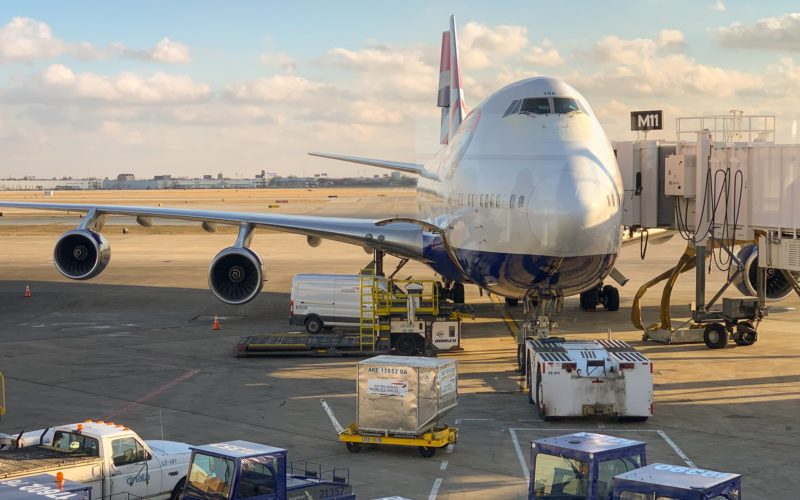A handy guide for shipping of Hazardous Goods from the International Maritime Dangerous Goods (IMDG) Code.
The International Maritime Dangerous Goods (IMDG) Code was developed as a uniform international code for the shipping of hazardous goods by sea covering such matters as packing, container traffic and stowage, with particular reference to the segregation of incompatible substances.
For more information contact us on 01942 885 690 or email [email protected]








